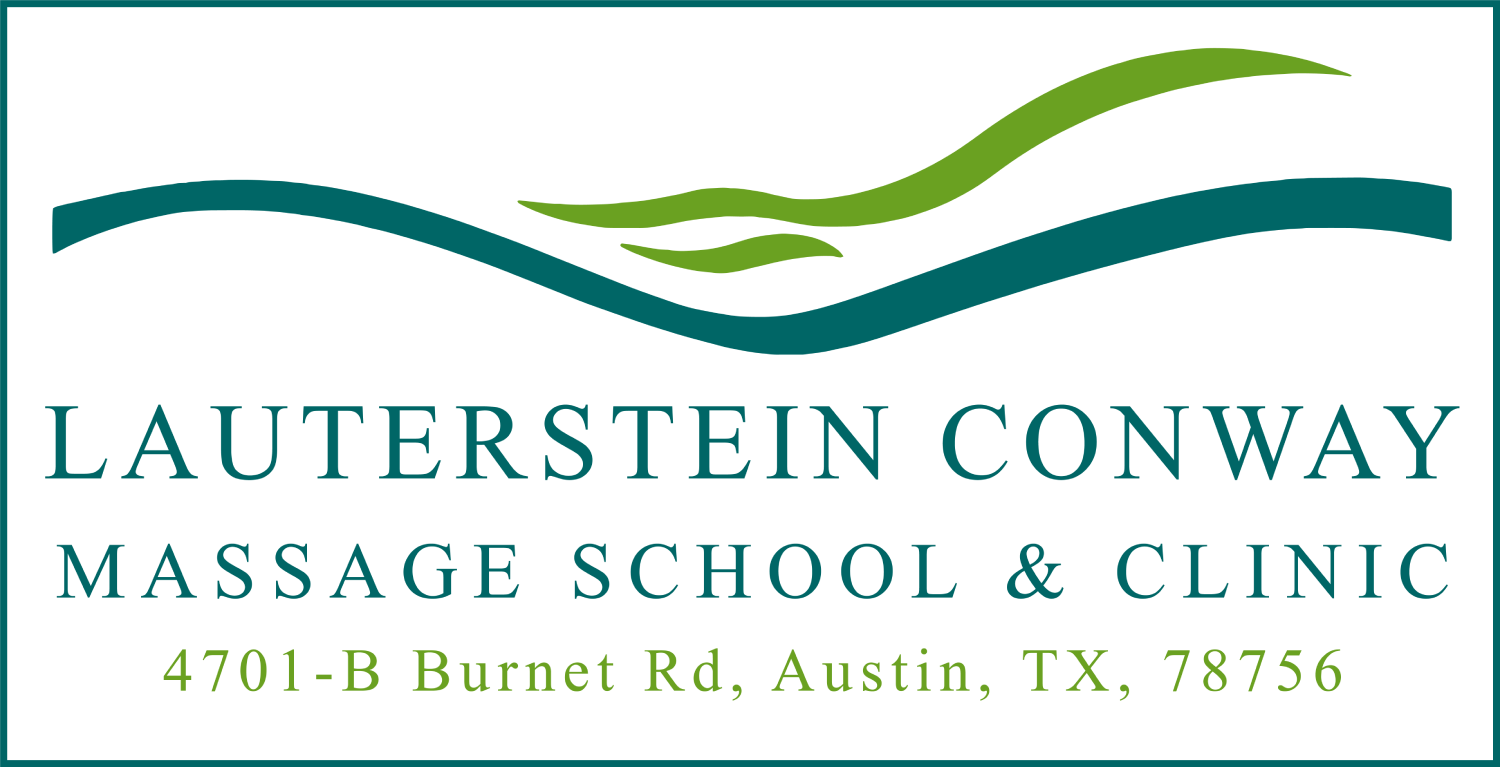My interest in post-pregnancy Rolfing® Structural Integration wasn’t idle curiosity but a trial by fire for all concerned. The ink on my Rolfing certificate was still wet when my first-born child, a daughter, was delivered C-section.
I was overwhelmed by bills from not working during my 2-month final practitioner training, debt from the surgical birth, a hurting wife and a cranky new child. The only good news was that I heard Ida Rolf intoning her mantra in my head – “Roll up your sleeves and get to work.”
It was 1978, and all of my experience told me that Rolfing puts people together in ways that are not recognized or appreciated by our society. That is still true today. Pregnancy work is a special application of putting bodies together. All I had to work with was my hands and a few broad principles: Gravity is the therapist, the body is a plastic medium, put things where they belong and, get things to move correctly. My plan was simple, if not easy: work on my daughter in the mornings while my wife slept and work on my wife at nights while my daughter slept.
 Bodies are core-and-sleeve structures. There’s a lot of talk these days about “building core strength”. That’s funny to me because, in my world, most people come to my Rolfing table with overly tight core structures. Most cores need loosening, not more tightening. In pregnancy work, this is doubly true because the expanding core (the uterus) of a pregnant woman pushes visceral (and other) structures out to the periphery. This leaves the entire body with places that are hyper-dense and corresponding places that are hypo-dense. The active word here is corresponding.
Bodies are core-and-sleeve structures. There’s a lot of talk these days about “building core strength”. That’s funny to me because, in my world, most people come to my Rolfing table with overly tight core structures. Most cores need loosening, not more tightening. In pregnancy work, this is doubly true because the expanding core (the uterus) of a pregnant woman pushes visceral (and other) structures out to the periphery. This leaves the entire body with places that are hyper-dense and corresponding places that are hypo-dense. The active word here is corresponding.
My job, I discovered, was to find the places that were too tight and connect them to the corresponding places that were too loose. When I did that correctly, I could feel the tight layers loosen and the loose layers pick up tone. Whenever I felt that, I intuitively knew that I was doing the right thing. Remember, I was a rank rookie at the time.
Now, 32 years later, I find that connecting tight layers with loose layers and equalizing the pressures is the essence of putting a body together. In a way, you could say that for all of the body’s complexity, putting bodies together is little more than that.
®Rolfing Structural Integration is a service mark of the Rolf Institute Boulder, CO USA

